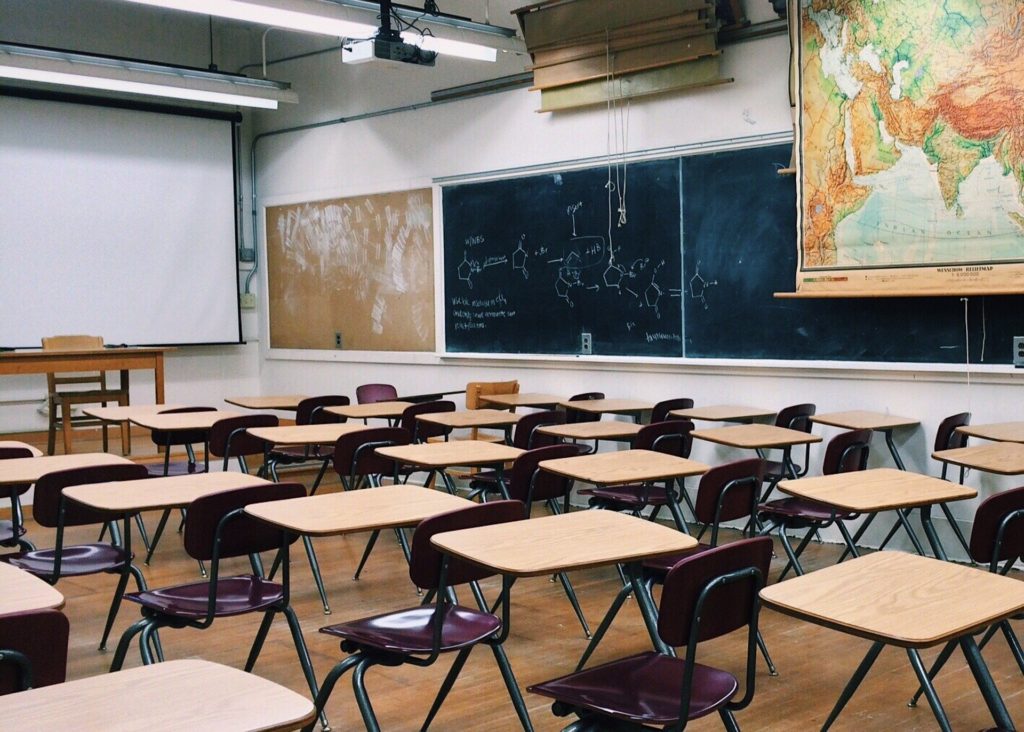Keeping Students Engaged in a Remote Classroom

In many ways, we can and should approach teaching and therapy/intervention the same whether it is in-person or virtual. We are still the same professionals with the same training. However, there is at least one obvious difference between face-to-face and remote school – when teachers and students are remote, attention and engagement become much more crucial to success. If a student is remote learning and not engaged in their learning, many of them know the technology well enough to hang up, shut down, and walk away.
So how can we keep students engaged? I’ve provided a few ideas from my experience as well as conversations with other special education professionals about their experiences.
There are some things we can do in advance to help our lessons run smoothly. To start, be familiar with your platform (Google Classroom, Zoom, etc). Technology delays or problems can be a quick way to lose someone’s attention. If other programs and apps are overwhelming, start with the basics of the program your district is using. Once that is comfortable and familiar, you can start exploring the vast array of other choices.
Another step we can take in preparation is communication with parents. Now more than ever, we as educators must rely on parents to have a simple understanding of what remote learning will look like and what their role will be in the process. This can involve helping parents set up their child’s work environment such as reducing distractions and providing supportive seating. (Think about when you work from home – are you more productive on the couch or your bed, or seated at a table or desk?) Parents can also provide forms of reinforcement or “rewards” that we can’t provide virtually. And of course, we want parents to be able to practice what we are teaching and work on carry-over of skills. Depending on the age of your students, some of these responsibilities can be passed directly to the students. Older students may be able to set up their own work space. They can provide input to you about classroom norms or how they want to receive feedback about their work.
Depending on the age of your students, some of these responsibilities can be passed directly to the students. Older students may be able to set up their own work space. They can provide input to you about classroom norms or how they want to receive feedback about their work.
In the (virtual) classroom, we can incorporate some of the same concepts we may use in-person. Schedules, agendas, and visual timers can be adapted to remote lessons. These tools allow the students to set their expectations and understand what comes next. Going into an unfamiliar situation can be daunting but having a plan and clear expectations make the situation more manageable.
At the end of the day, we all need to remind ourselves of something important. This process of remote learning and teletherapy is new for practically all of us. Whether you’ve been in the schools for one year or 20, this is likely a form of teaching and learning you haven’t encountered yet. When the mode of learning changes, its reasonable that the expectations will also change. From a practical perspective, we should know that learning may not happen at the same pace as during a “normal” school year, especially at the start of the year. You are not alone, and I hope you can show yourself and your students some flexibility and goodwill as we all work on this together.
Please check out our last blog on remote learning!







